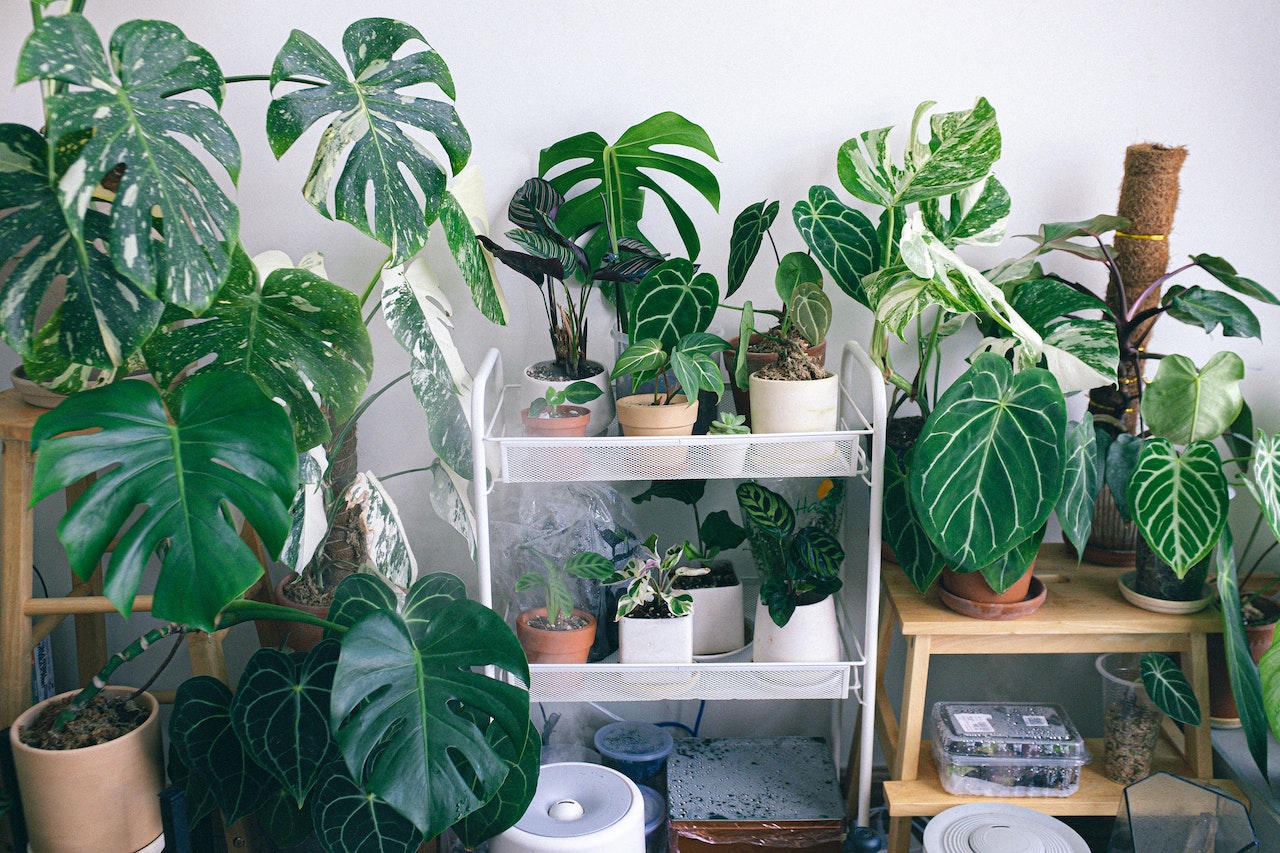Tips For Gardening Without Using Flowers

There are some tips for gardening without using flowers, such as planting vegetables that your family likes and planting taller plants in your garden. Mixing your soil with ingredients to promote drainage is another tip. It also helps to weed your garden a little.
Perennials provide food for pollinators and birds
When it comes to helping birds and pollinators, one of the best ways is to create a garden that features flowers and other plants that can provide food. These flowers can be annuals, perennials, or herbs. Choose a variety of flowers to fill your landscape with a kaleidoscope of colors. You’ll attract a wide variety of pollinators and birds.
Perennials that bloom in late summer and early fall are particularly important to pollinators. They provide a source of food when other plants have stopped producing. This is especially beneficial to birds. The seeds and berries on the plant will be an important food source for them in winter.
Weeding your garden a little bit
You probably don’t need to be told that weeding your garden is a good idea. It can be a chore, and even more so when the weather is warm and dry. Luckily, there are ways to make the task more manageable and fun.
In addition to regular hoeing and aeration, there are also methods for removing the more stubborn weeds. One such method involves laying a clear plastic sheet over your newly planted garden in early spring. This helps to create a microclimate, ensuring that the soil remains moist. As a bonus, this method may also help to get some seeds out of the ground, resulting in a healthier crop.
Mixing your soil with ingredients to promote drainage
When it comes to gardening, one of the most important aspects is good drainage. A well-drained soil can help prevent a host of problems. This includes runoff, root rot, and plant death. The best way to improve drainage is to protect your soil aggregates.
One of the easiest ways to improve your drainage is to add organic matter to your soil. This can be achieved in a variety of ways. Adding vermiculite, for instance, will help your plants retain moisture. It will also help attract earthworms. Similarly, adding perlite to your soil will make a difference.
Adding a little bit of coconut coir to your soil may be the ticket if you have trouble with your soil’s water retention capabilities. Coconut coir is a great moisture retaining additive but it doesn’t do so well without a little drainage.
Planting tall plants in your garden depends on your garden shape and location
If you are planning a garden, there are many considerations to keep in mind. One of these is the type of tall plants you should be planting. Plants of different heights can work together to create a visually interesting garden. Using a variety of plant types will ensure that no one plant is left out.
The best way to determine what plants to plant in your garden is to do a little research. You should also consider the amount of space you have to work with. Large, sprawling plants are not usually the best choice for an urban garden. Rather than spreading out, use a few well placed large plants to make your small space seem larger.
Planting vegetables that your family enjoys
If you’re looking for a way to get into gardening, you might want to consider planting vegetables that your family enjoys. When you grow your own, you can get better flavor and save money. You can also teach your kids about nature and the process of growing foods. They’ll be more likely to try new foods.
It’s best to plan ahead and determine which vegetables you’ll grow and what your time commitment will be. Consider how much food you’ll eat and whether you’ll be able to give some away. Also, check the USDA Hardiness Zone for your area to make sure you’re planning your garden appropriately.